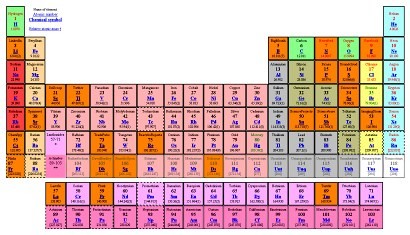 We’re all increasingly familiar with corporate press releases. There are countless websites that regurgitate the corporate and institutional public relations output for wider and wider audiences.
We’re all increasingly familiar with corporate press releases. There are countless websites that regurgitate the corporate and institutional public relations output for wider and wider audiences.
If you’re familiar with the blogosphere, you will almost certainly recognise that many posts simply echo the notices provided by the likes of Eurekalert, AlphaGalileo, and the more generic wire services. Indeed, Sciencebase has a set of pages that lists the current press release headlines so that interested readers can go straight back to the original sources. That said, I try to be original in the actual content of posts.
But, what about more traditional media, broadcast news, newspapers and magazines? Surely, they don’t act as echo chambers for the words of wisdom from public relations officers…
Well, they do and they don’t. Often, the trade press and the specialists pages of many publications will repeat verbatim innocuous press releases. But, thankfully, there are still journalists out there, as opposed to churnalists, who will take a press release as nothing more than inspiration and do their own background research on a subject and produce an original news item that may not resemble the original press release.
At the cutting edge of journalism, the relationship between press office and editorial desk is usually fraught, especially in sensitive business areas when major-league finances and power struggles are involved, or when environmental concerns are at the forefront and a large corporate is in the proverbial firing line. In such cases, thankfully, the editorial output is rarely synonymous with that of the media relations office. They both pull in the opposite direction. Often the editors and journalists looking to lambast an allegedly unscrupulous entity and the corporate entity attempting damage limitation.
But even in the world of workaday press releases, the journalistic perspective rarely coincides with that of the press office. Now, Finnish scientists have made a simple, but fascinating revelation that might not only help corporate press officers get across their message to journalists, but also allow journalists to write a more holistic story that avoids over-simplification of often complex issues.
Johanna Kujala, Tiina Toikka and Anna Heikkinen of the Department of Management Studies, at the University of Tampere, have analysed dozens of press releases and the newspaper articles that emerged and found that although a company may be willing to communicate on the subject of corporate responsibility, in whatever area, regulatory, environmental, health, employee relations, press releases rarely focus on the people.
The majority of press releases present information about the financial, social and environmental issues but ignore what the researchers refer to as the stakeholders, the people affected by the information within the press release. The perhaps obvious revelation comes when they compare these press releases with what the journalists wrote and discovered that it is the relationships between the company and people that are of sole interest to the media. This is not simply a matter of the journalists looking for the human interest in a bleak corporate press release, but attempting to fulfil a simple desire to present the news in a way that is relevant to the public at large.
Figuratively, editors ask one big question of their journalists — So what?
The answer to that question usually relies on demonstrating that the story being pitched is relevant to people, those anonymous stakeholders. Press releases that gives journalist facts, data, and information essentially amount to background reading and noise in the echo chamber. A press release about people can help answer the editor’s big question.
![]() Johanna Kujala, Tiina Toikka, & Anna Heikkinen (2010). Communicating corporate responsibility through media Progress in Industrial Ecology — An International Journal, 6 (4), 404-420
Johanna Kujala, Tiina Toikka, & Anna Heikkinen (2010). Communicating corporate responsibility through media Progress in Industrial Ecology — An International Journal, 6 (4), 404-420


